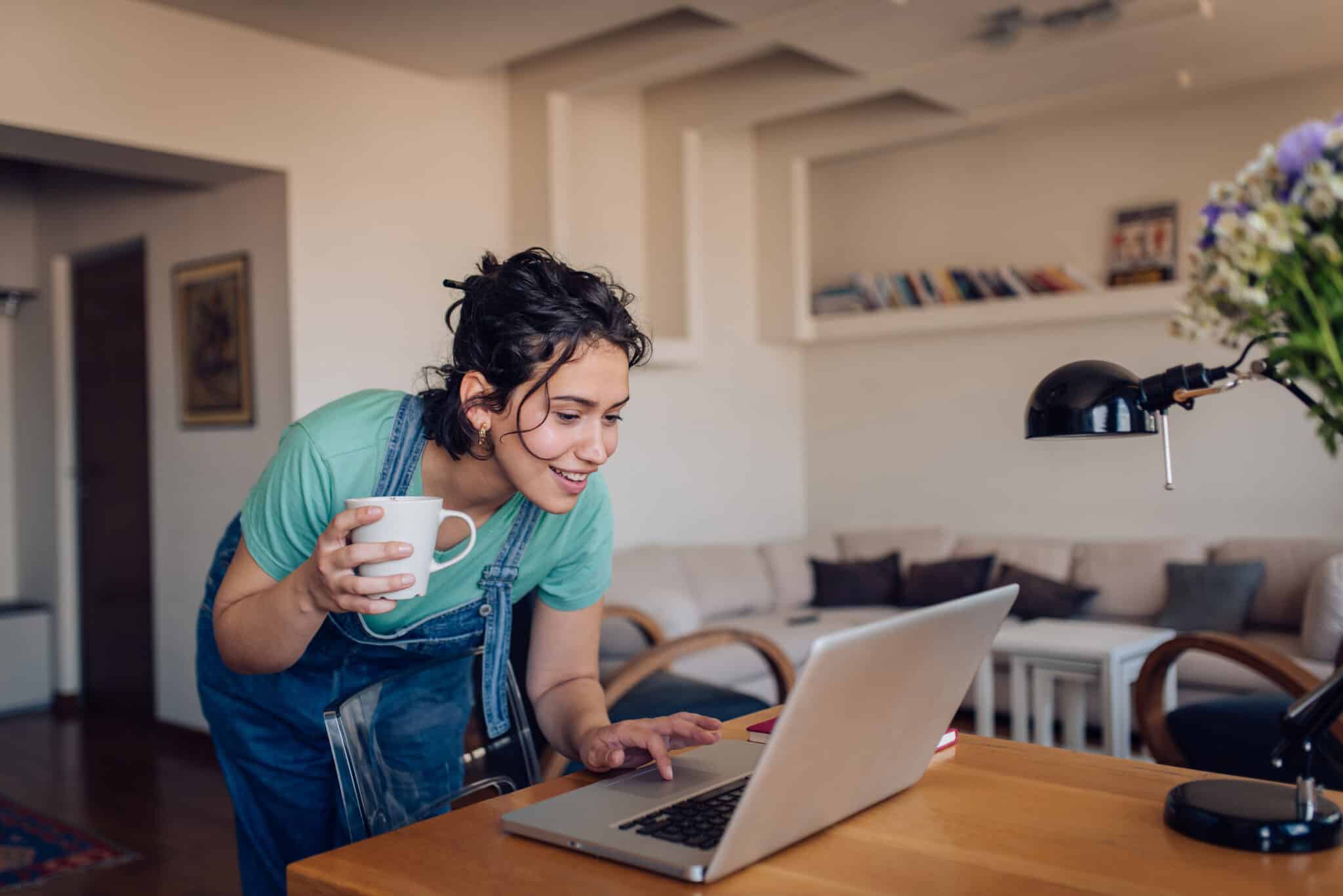Tech gadgets are incredibly useful, convenient, and entertaining. However, sometimes too much screen time can be a negative.
The average American spends nearly seven hours per day looking at screens, according to a study from DataReportal. And over three hours of this time is spent looking at mobile screens on smartphones and tablets.
Excessive smartphone use can lead to several negative consequences, including:
- Neck strain: Constantly looking down at your smartphone can cause excess strain on your neck, often referred to as “text neck.”
- Eye strain: Screens from all kinds of devices give off blue light, which is known to cause strain on the eyes.
- Sleep disturbances: Blue light can also prevent you from getting a good night’s sleep.
Luckily, there are tools to help you manage your screen time, such as:
- Smartphone settings
- Digital voice assistants
- Your home Wi-Fi connection
Use Smartphone Settings to Cut Back on Screen Time
It might sound counterintuitive to use a smartphone app to limit your smartphone usage, but it can be effective. There are a number of tools designed to set screen time limits, and the best option may already available on your device.
Apple Screen Time Is Built-in for iPhone & iPad Users
Every iPhone and iPad has a screen-time monitoring and limit-setting tool baked right into the settings, simply called Screen Time. To access it, go into the settings on your iOS device. (Make sure you’re running the latest version of iOS to access the most recent features.)
With this built-in feature you can see how long you use each app, and you can set daily limits for individual apps. If you have a TikTok addiction, for example, you can set the app to a one-hour daily limit. When you reach the limit, you will no longer be able to access TikTok. You can enter your passcode to disable the limit, but enabling Screen Time should help reduce mindless scrolling.
Digital WellBeing Helps Android Users Manage Screen Time
Android users aren’t left out when it comes to built-in screen-time limiting tools either. Google’s equivalent to Apple Screen Time is called Digital Wellbeing.
With Digital Wellbeing, you can set time limits for individual apps. You can also monitor the average time you’re on each app and can even track how many times you unlock your phone.
Digital Voice Assistants Can Remind You to Stop Using Your Device
The evolution of smart-home technology means many of us have smart speakers or displays at home. These devices have digital voice recognition to allow you to do a wide range of tasks such as controlling devices and hearing weather updates just by asking.
But you may not have realized that you can also use an Amazon Alexa or a Google Home to set periodic reminders to take a break from screens. If you find yourself sitting at home endlessly scrolling social media, it may be helpful to ask your smart speaker to remind you every hour to look up from your phone to help reduce your screen time.
Block Your Device From Your Wi-Fi to Reduce Screen Time
This trick only works if you are willing to commit to turning off your data connection when you’re at home, but sometimes it takes drastic measures to break a habit.
If you turn your data off, then your home Wi-Fi is the only source of internet access your phone or tablet will have. And then you can program your Wi-Fi to block your device during certain times.
For example, if you want 7:00 PM–7:00 AM to be no-screen time, you can set the Wi-Fi system to block your device during these hours. If your Wi-Fi setup is relatively modern, it likely has an accompanying app to easily manage individual device access.
For example, if you use any of the mesh Wi-Fi systems from TP-Link, there’s an app called Deco to control your Wi-Fi settings. With the Deco app, it takes just three simple steps to blacklist a device:
- Launch the app and select your device from the list or connected devices.
- Details about the device are now shown. Tap the settings icon (which looks like a gear) in the top right corner.
- In the upper right corner, tap on the icon that appears as three dots (. . .), then tap on “Blacklist.” The device is now blocked from the Wi-Fi network until you choose to go back and remove it from the blacklist.
Technology Can Protect You From Excessive Screen Time
The bottom line is that you have options for limiting screen time: Google and Apple smartphones already have screen-time monitoring and limiting features built into their devices. And if you really need a hard boundary, you can set time limits for your device to access your home Wi-Fi.
If these two options seem extreme and you just want a friendly periodic reminder to watch your screen time, ask your Alexa or Google Home device to remind you every couple of hours to take a screen break. Though it may seem counterintuitive, technology can actually help you limit your screen time.






